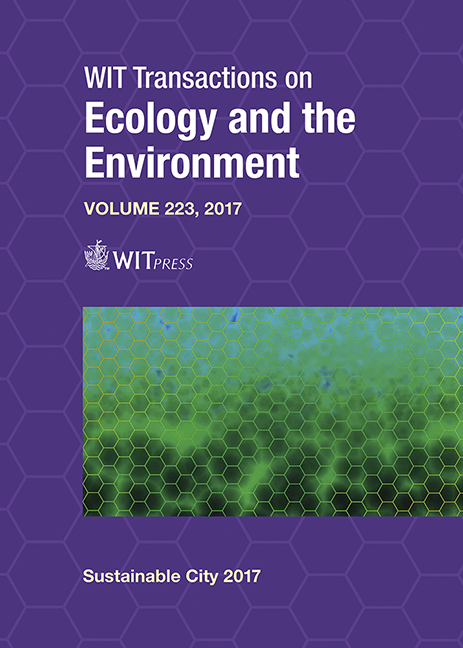ADAPTIVE REUSE AS AN EFFORT TO PRESERVE AN HISTORICAL DISTRICT: A CASE STUDY OF THE BRAGA CORRIDOR IN THE CITY CENTRE OF BANDUNG, INDONESIA
Price
Free (open access)
Transaction
Volume
223
Pages
12
Page Range
89 - 100
Published
2017
Size
1,858 kb
Paper DOI
10.2495/SC170081
Copyright
WIT Press
Author(s)
NURTATI SOEWARNO, TAUFAN HIDJAZ, EKA VIRDIANTI
Abstract
Cities are constantly evolving from time to time which can be identified from the development of the buildings. In city centres as the embryo of the city there are still many old buildings which is part of the history and inheritance. In big cities in developing countries such as Indonesia, old building are considered old fashioned, incompatible with time, and destroying them is preferred. Generally, the buildings will be left uninhabited, not well maintained until it becomes obsolete and dangerous. Thus, for security reasons dismantling them will eventually be allowed. This paper describes the development of old buildings in the Braga corridor, an old commercial district in the city centre of Bandung. By applying adaptive reuse method, the style and shape of the shop houses are maintained, while there are some changes and additions in the inside of the shops adjusted to the new functions. Similarly, on the corridor are some changes and additions of the elements that create unique characters of the district, old buildings with modern atmosphere. Since there are many activities can be carried out in Braga corridor, the new appearance of the corridor has attracted many people and become one of the tourist destinations. By exploiting the potency of the city, adaptive reuse can be proposed as a form of technology in development while maintaining old buildings as a cultural heritage. It is expected that the intervention of the local government in the supervision and implementation of the conservation laws can preserve the authenticity and existence of heritage building as cultural heritage.
Keywords
adaptive reuse, sustainable design, historical district





